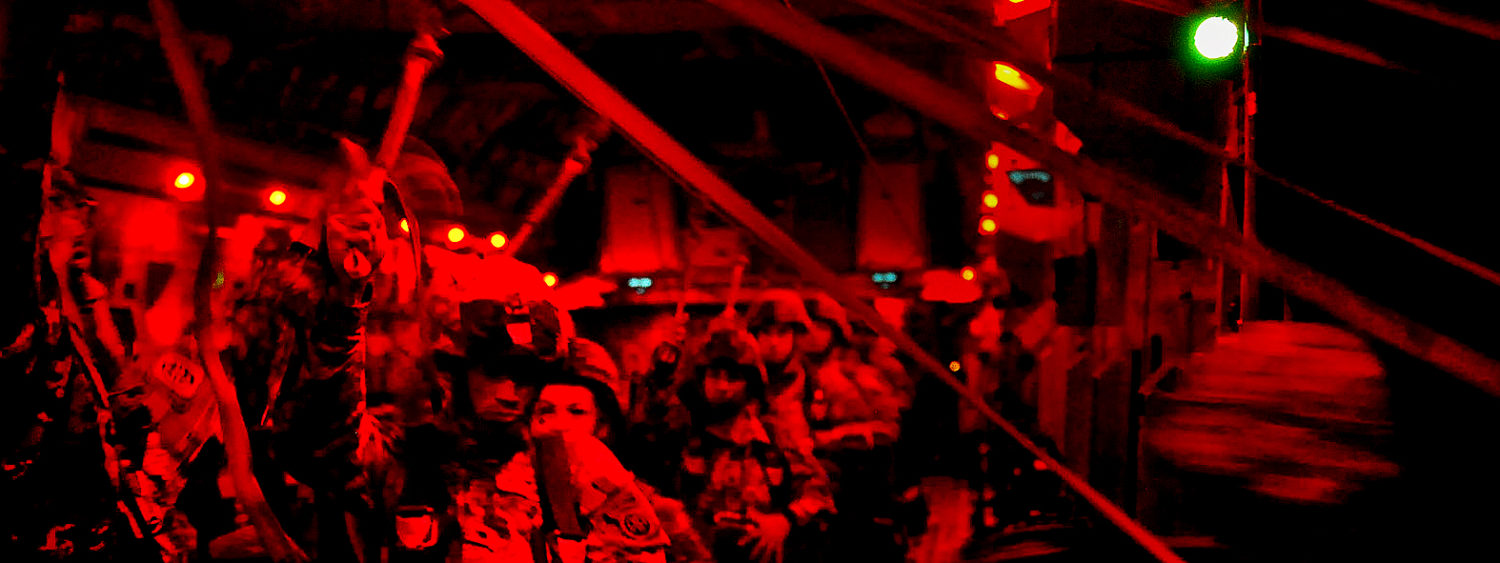
Command Sgt. Maj. Scott Schroeder, U.S. Army Forces Command senior enlisted adviser, discusses trends and priorities for Army leaders, and gets feedback from 1st Cavalry Division enlisted leaders during an open forum at Howze Auditorium Dec. 8 at Fort Hood, Texas. Schroeder, who served as the III Corps and Fort Hood senior enlisted adviser from September 2012 to June 2014, discussed FORSCOM priorities and topics with leaders, including improving readiness, equipping the force, training, operationalizing the total Army, sponsorship, career progression and development, family care plans and many other topics. (U.S. Army photo by Staff Sgt. Keith Anderson, 1st Armored Brigade Combat Team Public Affairs, 1st Cavalry Division) (Photo Credit: Staff Sgt. Keith Anderson)
Military service is a unique profession that less than one percent of our nation answer the noble call to serve their country. Some are motivated to join based on a relative that served or something more profound such as, answering a higher calling. In the quest to serve, some will make a career of their service while others will only commit to their first term obligation. Whether they decide to make it a long-term profession, or move on after a few years, one should aim to have a successful career serving their country. While there’s no exact recipe or secret to a successful Army career, it takes dedication and sacrifice to ultimately achieve success.










